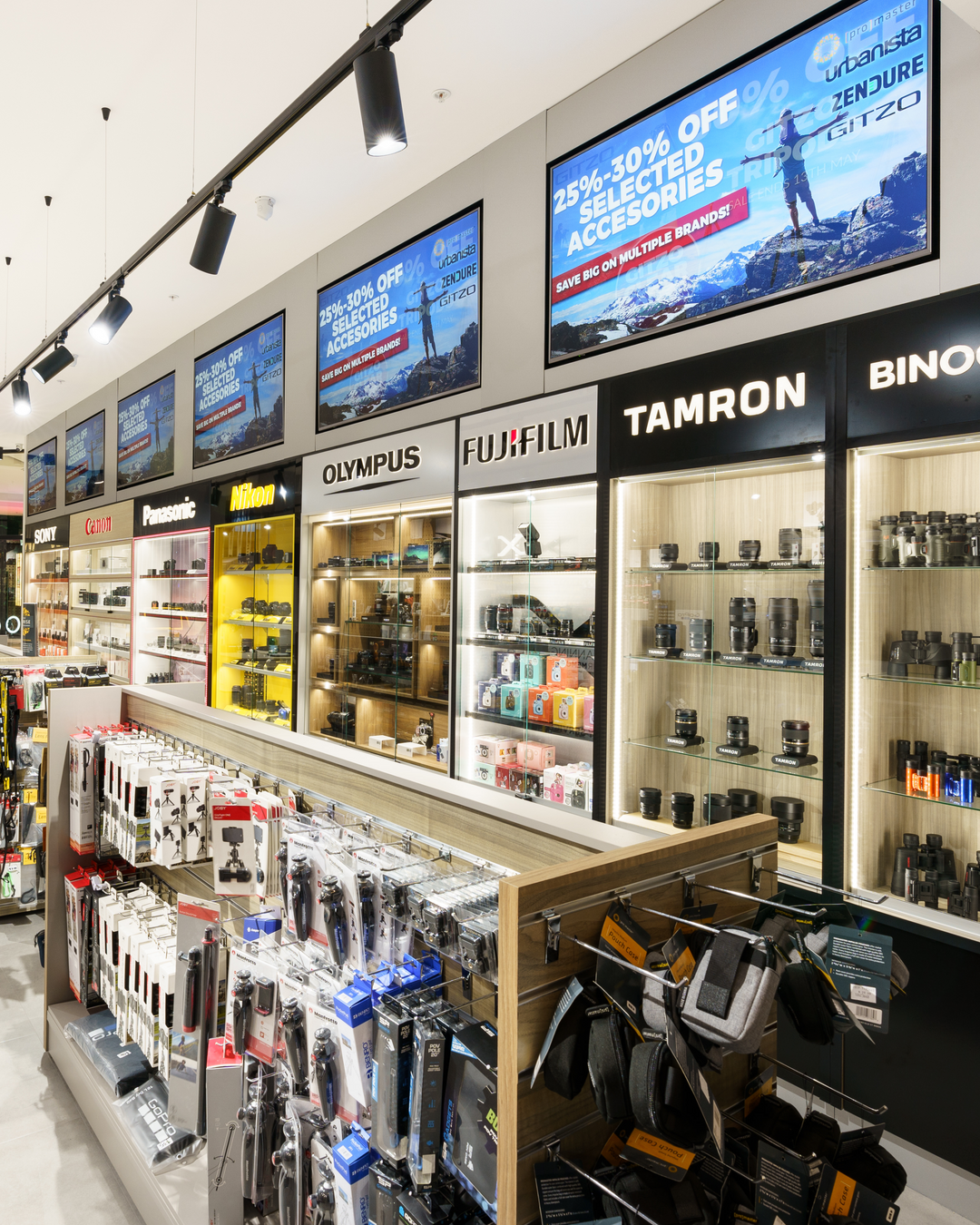Should You Buy a Third-Party Lens for Your Mirrorless Camera?

At CameraClix we’ve seen a growing interest in third-party lenses as brands like Sigma and Tamron continue to refine their offerings. For many photographers, these lenses provide an excellent alternative to first-party options from brands like Sony, Canon, and Nikon, especially for lens mounts that are in the process of losing official brand support.
So, should you consider a third-party lens for your mirrorless camera? Let’s break down the pros and cons and examine the trends in the third-party lens market.
Why Consider a Third-Party Lens?
1. Price-to-Performance Ratio
One of the biggest advantages of third-party lenses is their affordability. Brands like Sigma and Tamron offer lenses with professional-level optics at a fraction of the cost of first-party options. This allows photographers and videographers to expand their kit without breaking the bank.
2. Innovative Designs and Features
Third-party manufacturers aren’t just copying first-party designs—they’re innovating. Sigma’s Art series has been widely praised for its optical quality and sharpness, while Tamron’s compact zooms, like the 28-75mm f/2.8, have gained a reputation for delivering professional results in a lightweight package. Some third-party lenses even offer unique focal lengths or aperture options not found in first-party lineups.
3. Comparable or Better Optical Quality
Gone are the days when third-party lenses meant compromising on image quality. Many modern third-party lenses use high-end glass coatings and advanced optical formulas to reduce chromatic aberration, ghosting, and flare. In some cases, Sigma’s Art lenses, for example, are sharper than some first-party options at a lower price point.
4. Expanded Choices for Lesser-Supported Mounts
For photographers using mirrorless systems with mounts that are losing official support, third-party lenses can be a crucial option. At CameraClix, we carry several third-party lenses designed for such systems, ensuring photographers can still get the lenses they need for their evolving setups.
When a Third-Party Lens Might Not Be the Best Choice
1. Autofocus Compatibility and Performance
One potential drawback of third-party lenses is that some models are only available with manual focus. While companies like Sigma and Tamron offer excellent autofocus options in many of their lenses, certain specialty or budget models are designed purely for manual focusing, which may not suit photographers who rely on fast autofocus for subjects like sports or wildlife photography.
2. Weather Sealing
While many third-party lenses now include weather sealing, not all models provide the same level of protection as first-party options. If you frequently shoot in extreme weather conditions, ensuring that your chosen third-party lens has adequate sealing is essential.
Market Trends: The Rise of Sigma and Tamron in the Mirrorless Era
Sigma’s Art, Contemporary, and Sports Series
Sigma has positioned itself as a leader in high-performance lenses, with its Art series designed for maximum optical quality, the Contemporary series offering lightweight and affordable options, and the Sports series catering to action shooters.
Tamron’s Focus on Versatility
Tamron has gained a strong following for its compact, travel-friendly zooms, such as the popular 28-75mm f/2.8 and the 17-28mm f/2.8, both of which offer high performance in a lightweight package. The brand is known for balancing affordability with excellent image quality.
Growing Compatibility with Mirrorless Systems
Both Sigma and Tamron have embraced the mirrorless era, designing lenses specifically optimized for Sony E-mount, Canon RF, and Nikon Z mounts. This shift signals greater innovation and competition, ultimately benefiting consumers.
Final Verdict
We may be biased in saying yes you should buy a Sigma or Tamron Lens, but it's true if you’re looking for the best value, a unique focal length, or an alternative to expensive first-party lenses, third-party options from Sigma and Tamron are well worth considering. They offer professional-level performance at a fraction of the price and have proven themselves in the industry. However, if you prioritize native autofocus performance and top-tier weather sealing, sticking with first-party lenses might be the better choice.
At CameraClix, we believe third-party lenses are no longer just an alternative; they’re a smart investment for photographers looking to maximize their gear’s potential.






